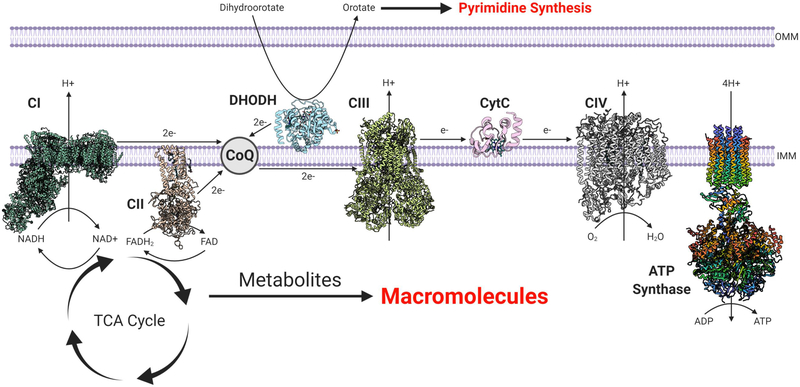Figure 2. Mitochondrial ETC Serves Bioenergetic and Biosynthetic Needs of Cancer Cells.
The five complexes of the ETC serve to produce the majority of ATP utilized by cancer cells as well as oxidize NADH and FADH2 to NAD+ and FAD, respectively. This allows for the TCA cycle to continue functioning, producing metabolites that support macromolecule synthesis. DHODH donates electrons to mitochondrial ubiquinone (CoQ) during the conversion of dihydroorotate to orotate, a key step in de novo pyrimidine synthesis. Atomic structures: mitochondrial complex I (PDB: 6RFR) (Parey et al., 2019), complex II (PDB: 1ZOY) (Sun et al., 2005), DHODH (PDB: 4LS1), complex III (PDB: 6Q9E) (Letts et al., 2019), cytochrome c (PDB: 2B4Z) (Mirkin et al., 2008), complex IV (PDB: 5Z62) (Zong et al., 2018), and ATP synthase (PDB: 5FL7) (Hahn et al., 2016).

